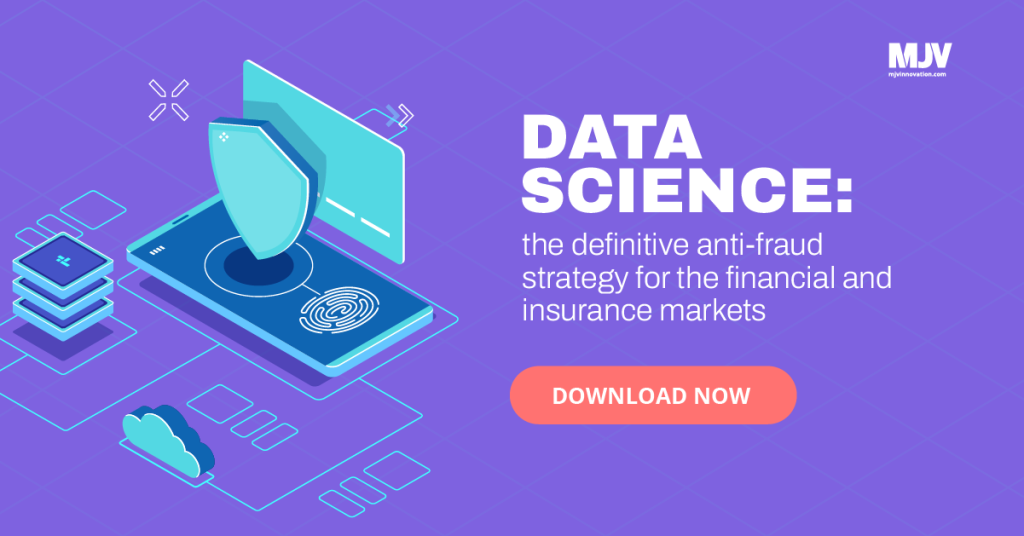Using analytics to create a fraud indicator in health reimbursement requests for one of the largest insurance companies in Latin America
Initiative based on data processing to speed up the fight against fraud
According to a survey conducted by the Institute for Supplementary Health Studies, health plan operators may have unduly reimbursed more than $ 7.7 billion in 2017 in hospital expenses charged through fraud and unnecessary processes.
Given this scenario, one of the largest insurance companies in Latin America saw the need to go deeper into the analysis of thousands of daily requests.
But how do you gather, sort, structure, and visualize data that is constantly increasing?
With vast expertise in IT and Analytics, MJV was chosen to take on this challenge.
Fraud
Receipt breakage generates overpayments for health insurance reimbursement claims.
Irregularity occurs when the user asks the medical provider to divide the expense into more receipts to receive reimbursement greater than the amount due.
As it is one of the most frequent forms of fraud, breaking receipts has a high impact on profits.
How to identify this irregularity?
Data processing: the heart of the project
For the Insurer to identify claims prone to attacks, we used the Oracle DataBase structure.
- Gather, store, structure, and cross-reference data -> Number of requests for reimbursement of medical expenses, family groups, medical providers, and time.
Fraud behavior analysis is crucial for defining a propensity indicator, which acts as an irregularity alert to interrupt the payment process and deepen the claim’s analysis.
MJV based its performance on two fronts:
- Database: integrating data collected from reimbursement systems, delivering technological capacity for storing and processing varied and unstructured digital data.
- Real-time data visualization: organization and visualization on dashboards of only the necessary information for the fraud-fighting processes.
Dashboards: Turning Data into Value
We process approximately 10,000 refund requests per day. Without a DataBase framework behind this process, it would be impossible to identify fraud-prone claims manually.
Our team collects, stores, and processes all health insurance reimbursement requests received through the Insurer’s reimbursement system daily.
After processing, this sea of data is organized by MJV, giving life to sets of information displayed on dashboards, which are returned to the same system to become the foundation for the company’s analysis.
The Insurer has access to reading these metrics in real-time. Upon finding the pattern defined by the indicator, it performs a more accurate analysis in search of irregularities.
Assurance of assertiveness in the decision-making process
Faced with a huge amount of data, it is always up to people to transform it into value. This was the solution created by MJV.
The most important part of this process was delivering these relevant metrics. This is done through dashboards for more agile visualization to guide the Insurance Company’s actions.
System integration is essential in streamlining the process of data visualization to identify irregularities, providing cost reduction.
Data orientation is an effective solution for the ever-changing scenario in which we live. Being agile and assertive when it comes to decision-making is necessary to generate results, reduce costs, and increase profits for any organization.
On average, 94% of financial institutions and insurance companies have experienced fraud attempts. And the coup attempts only grow.
Fraud is a global problem, stealing billions from the insurance industry. MJV uses predictive analytics and data science to build effective anti-fraud strategies and solutions for both financial and insurance markets.
Download the e-book Data Science: the definitive anti-fraud strategy, and learn how to protect your business.
Back
